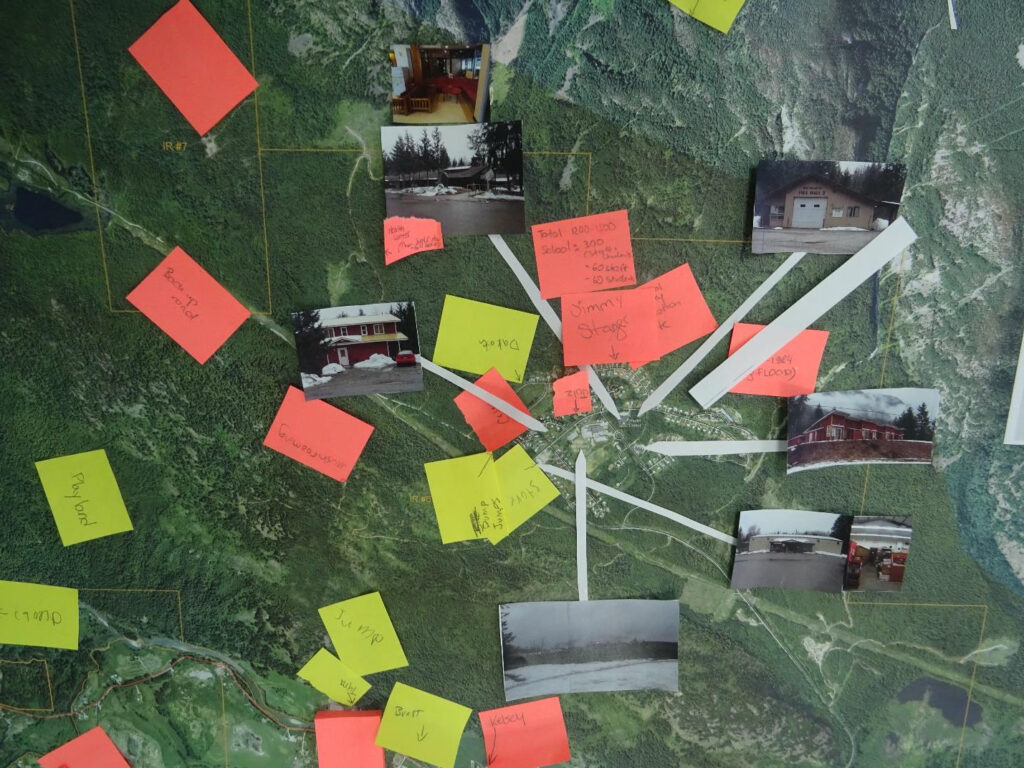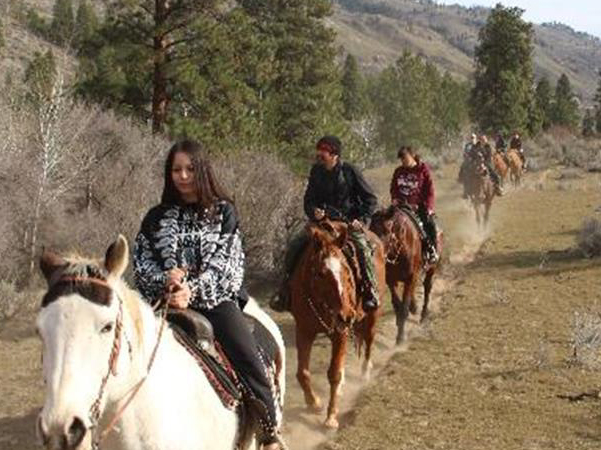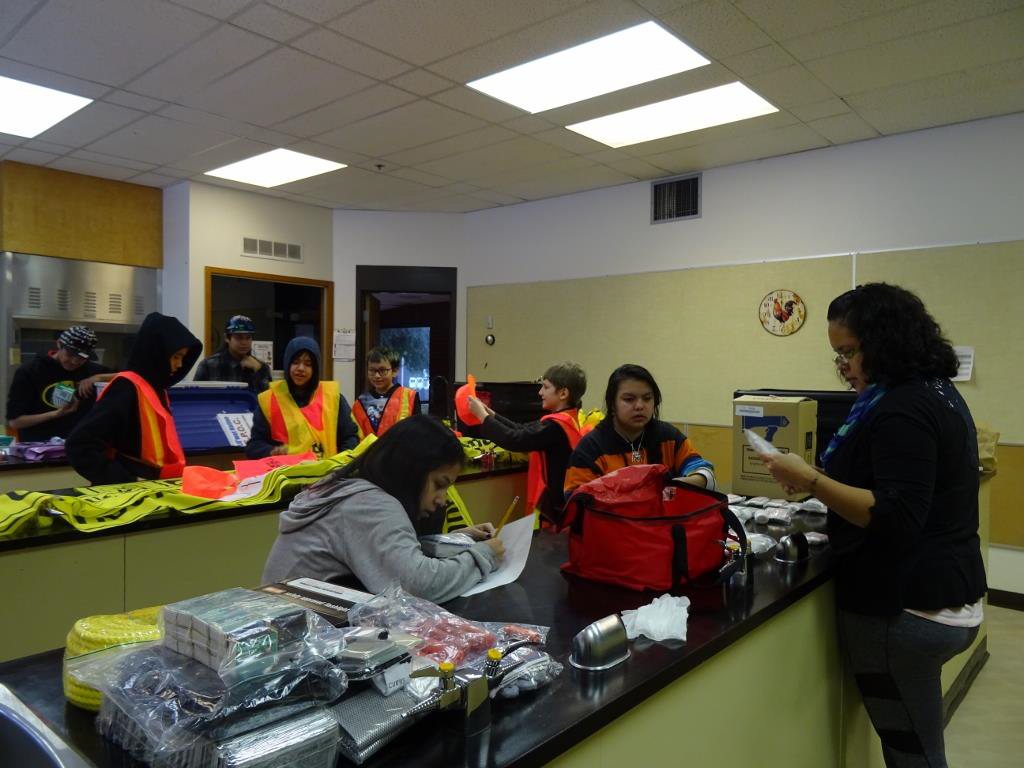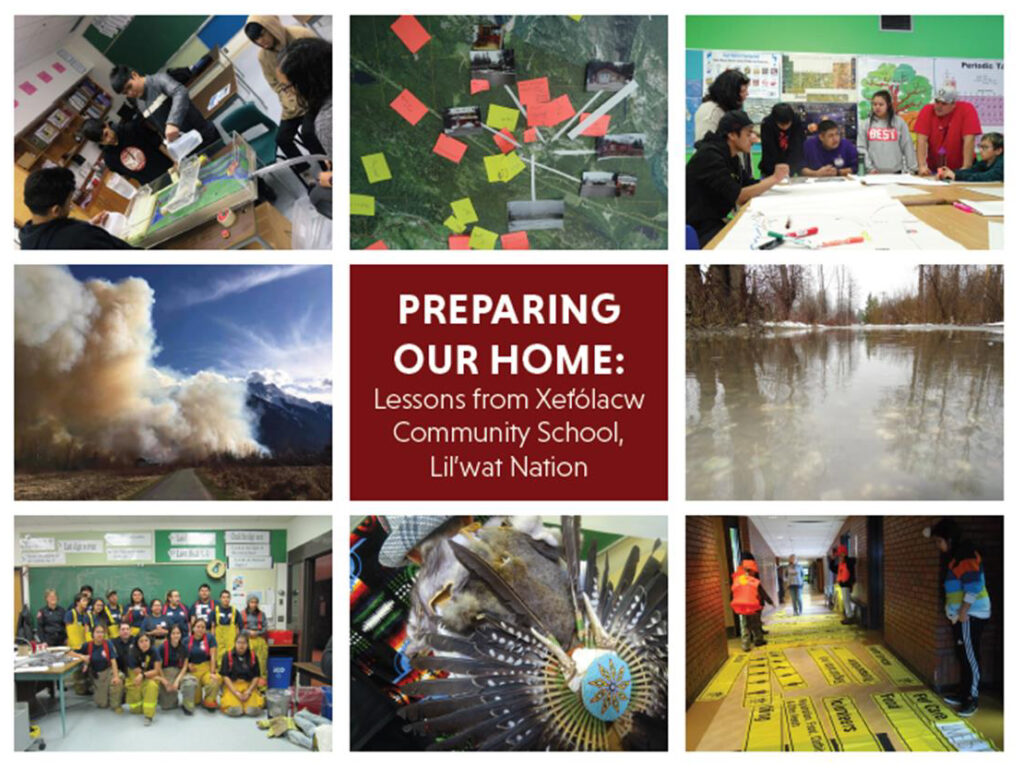New Economy Trailblazer: Preparing our Home
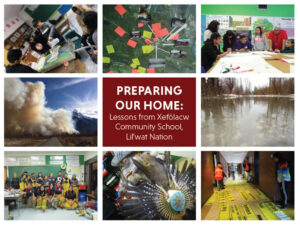
The transition to low carbon economy is largely focused on decreasing emissions and shifting sectors that rely on oil, gas, and coal to low carbon alternatives. These solutions are about mitigating the impacts of climate change in the future, but what about the impacts of climate change being experienced right now? Living in Canada, natural disasters happen rarely but with climate change they are now increasing in frequency and severity. When they strike, they are often fatal, and their devastation is felt for decades afterwards, especially if communities are not prepared to withstand the impacts.
In Canada, there are several programs emerging at the local and regional levels to build community resilience and adapt to the impacts of severe weather events. However, few of these initiatives also build the capacity of Indigenous youth leadership. In 2014, this all changed with the creation of Preparing our Home, a community-based resilience planning program that builds Indigenous youth leadership in emergency preparedness, disaster risk reduction and climate change action.
Starting in 2014, the program was developed in three phases worth noting for their integration of western scientific knowledge with Indigenous and community-based knowledge:
- Phase 1: Connecting academic research, scientific knowledge with community knowledge, several resources and training courses on the relevant aspects of disaster risk reduction were identified in Canada and internationally.
- Phase 2: Interviewing practitioners, Indigenous community leaders and youth: For example, wisdom was gathered from the Beaver Lake Cree Nation (housed and served Fort MacMurray evacuees); Dancing Deer Disaster Recovery Centre, Siksika Nation (lessons on response and recovery following the devastating 2013 floods in Southern Alberta); Lummi Youth Academy (US); the University of New Mexico Gallup, which works closely on emergency management with Navajo youth, and the Federal Emergency Management Agency (FEMA). At this stage, relationships were built with community leaders and organizations nationally and internationally that serve and work closely with Indigenous/Native youth.
- Phase 3: Program implementation: The knowledge generated through these organizations and this growing network was applied, augmented, and contextualized in Indigenous communities.
The program has since expanded and now offers community workshops for children, youth, adults, and Elders. Preparing our Home believes that youth have an intimate knowledge of their communities, of social vulnerability (e.g., where Elders live), and of their environment (as a highly mobile group). Together, youth have established a four-pronged approach for disaster preparedness known as the MPRR (Mitigation, Preparedness, Response and Recovery):
- Mitigation: what can be done to reduce the damage from the potential emergency event? Development of an Action Plan by youth while incorporating scientific and traditional knowledge (see comparison chart) gathered by youth.
- Preparedness: what can youth do to better prepare for emergencies personally, at home and as a community?
- Response: How can youth help during an emergency?
- Recovery: How can youth help to physically and socially recover after an emergency?
Community workshops have been a means to empower Indigenous youth in becoming emergency preparedness leaders in their communities. In Stanley Mission, Saskatchewan, youth learned about hazard mapping and community asset mapping and skills around first aid, fire safety and traditional food preservation practices such as fish preparation. The workshops also develop skills in assessing community resilience and youth strategies at the personal/household, school, and community level. At a workshop at the Xeťólacw Community School in Lil’wat Nation (north of Whistler, BC) participants also learned about hazard mapping and risk assessment.
In Siksika Nation (east of Calgary), youth again learned how to assess risk and prepare their home, school and community in the event of disaster. The youth were able to learn about natural disasters that have occurred within Siksika territory from Elders and were taught how to smoke meat. This cultural teaching from the Elders is important to the community as it creates a source of non-perishable traditional food that can relied upon in the event of an extreme weather event.
One of the key features of the program is the national gathering in which Indigenous youth, community leaders, and Elders come together for joint learning, sharing, technical training, and peer empowerment. The participants spend the entire week together exchanging ideas and creating solutions for their communities. Ashiele Thomas, a youth leader from the Ahousaht First Nation, said upon the completion of the gathering, “This week has been really good medicine.”
Another gathering participant, Sheri Lysons, Deputy Fire Chief for Adams Lake Indian Band remarked, “I am an ordinary human that will be able to do extraordinary things.”
In 2021, the national gathering was postponed due to the pandemic. However, the Nation-to-Nation learning continued through a series of Sharing Circles that brought together Elders, community leaders and youth to learn from each other and share their experiences in emergency management and community care. The Public Sharing Circles (open to everyone) have brought together over 500 Indigenous and non-Indigenous participants interested in strategies for community resilience. Explore the event recordings and upcoming events to learn more.
Preparing our Home is building up a generation of Indigenous community resilience leaders equipped with cultural teachings and disaster risk preparedness.
Written by Caroline Soler
